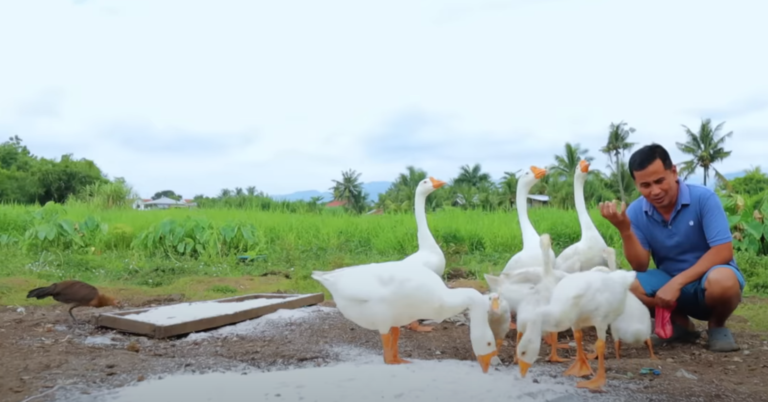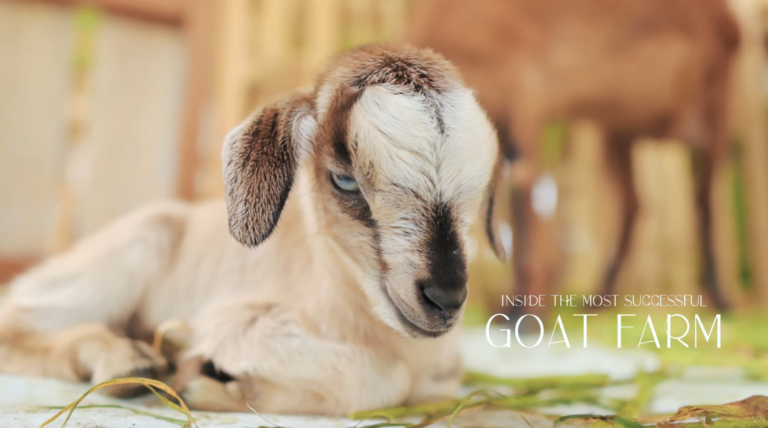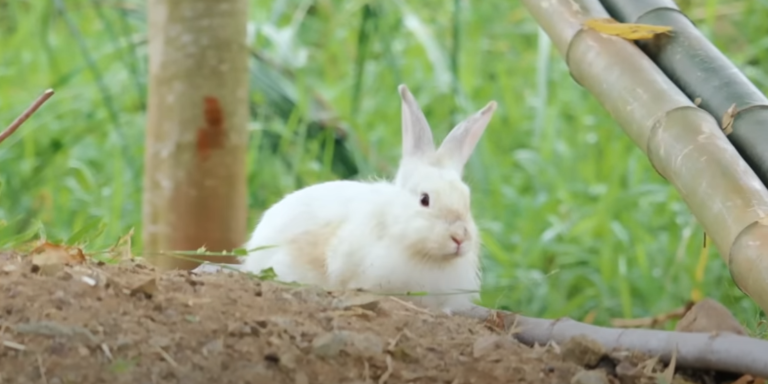The Superworm: A Nutrient-Packed Feed for Your Farm Animals
Welcome back to Dexter’s World! Under the warmth of the sun, I’m excited to share with you an exceptional source of feed for our farm animals, including chickens, geese, ducks, and even peacocks. Today, we delve into the world of the superworm, a remarkable creature that can provide as much as 45% protein to our beloved farm residents.
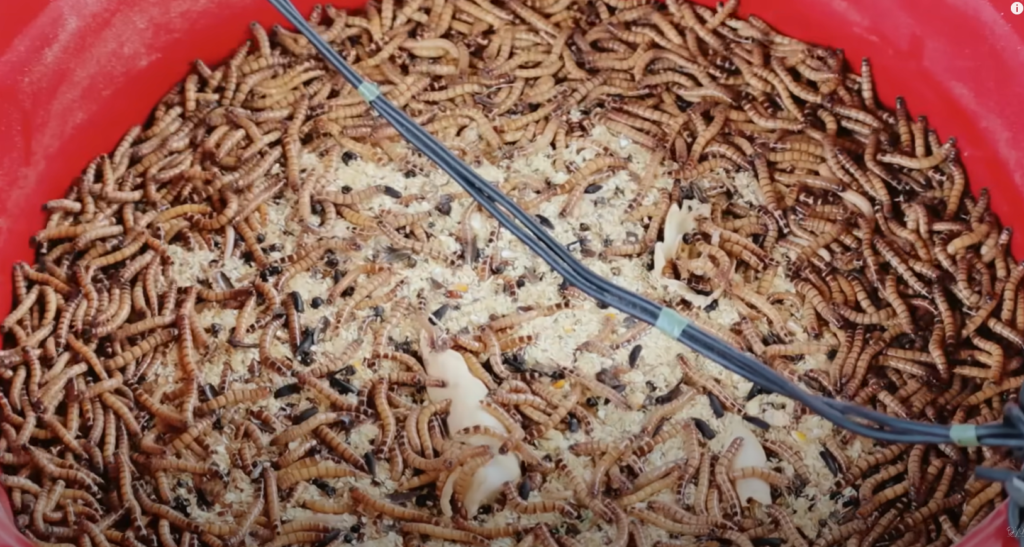
Why Superworms?
Superworms, the adult larvae of mealworms, are not only a powerhouse of nutrition but also a delight for our animals. With protein content reaching up to 45-50%, superworms are a solution to enhancing the hatchability rate of eggs. From my experience, feeding our poultry with superworms has significantly improved the hatchability rate, achieving an astonishing 98-99% success.
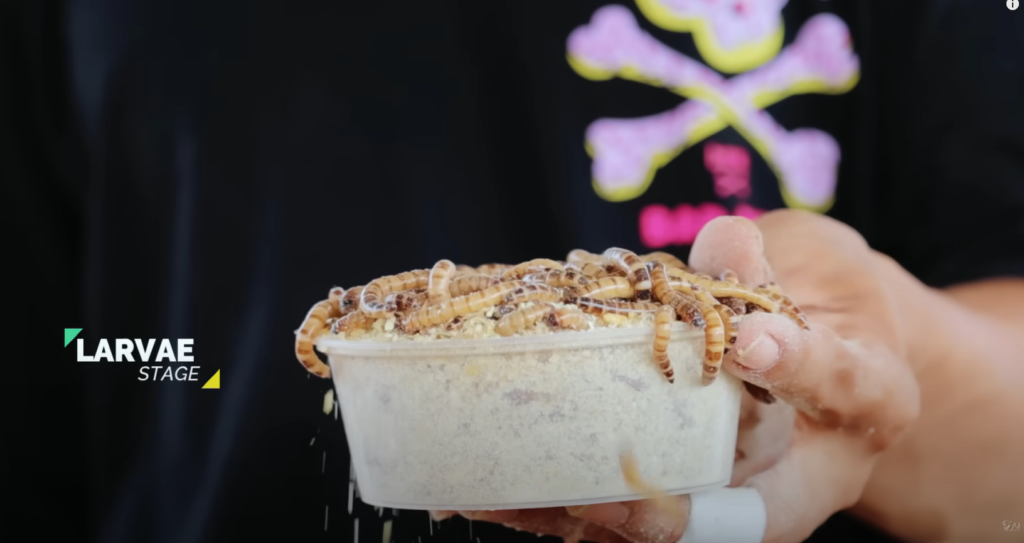
Breeding Superworms: A Simple Guide
Breeding superworms involves three major stages: the larva, pupa, and adult beetle stages. It’s a cycle that’s surprisingly easy to manage, allowing you to feed thousands of chickens from just 1,000 breeders. The secret lies in understanding these stages and providing the right environment and care.

The Larva Stage
The journey begins with the larva stage. To transform these larvae into pupae, they need to be placed individually in separate containers. This pivotal step prompts them to transition into the next stage of their life cycle. Ideally, larvae should be around two months old before they’re separated, ensuring they’re mature enough for the process.
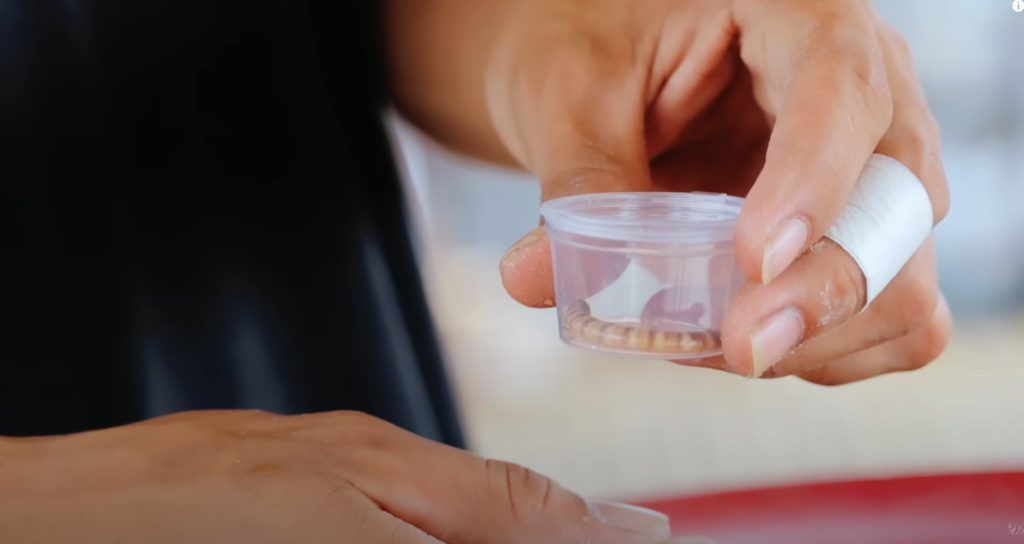
The Right Diet
What do these larvae feast on? The answer is simple and readily available ingredients. Packed with nutrients, fruits such as papaya, chayote, and vegetables serve as excellent food sources. These foods not only promote rapid growth but are also easy to prepare—just slice and place them in the larvae’s container, and they’ll handle the rest.
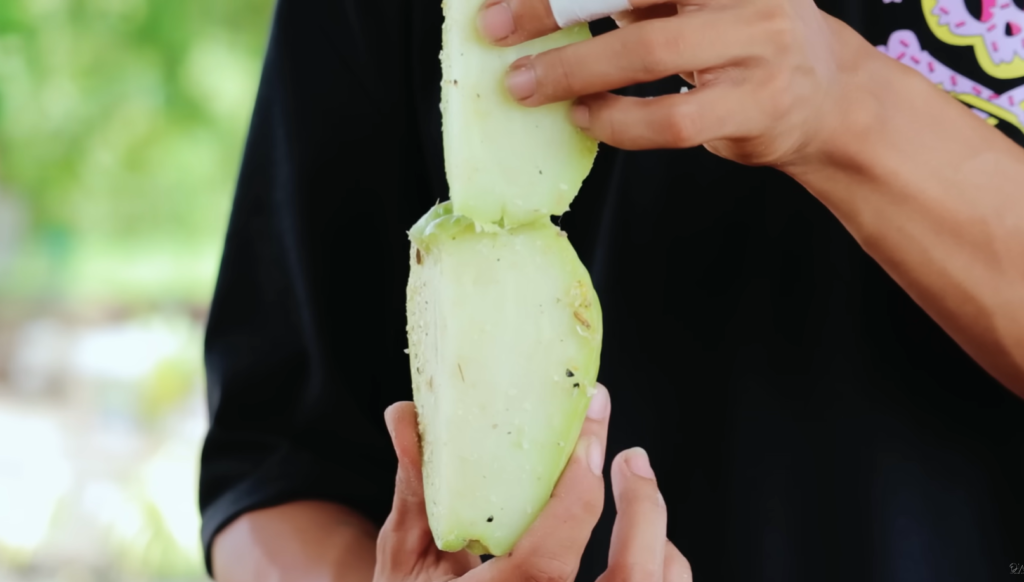
The Breeding Process
To successfully breed superworms, individual containers, such as cups with lids, are essential. These containers should have small holes for ventilation to keep the worms alive. Selecting the most mature larvae for separation is crucial, as it ensures they’re ready to transition into pupae. This method is cost-effective, using readily available materials to create a conducive breeding environment.
The Transformation
After placing the larvae in their individual containers, the waiting game begins. In about two weeks, these larvae will metamorphose into pupae, and eventually, into adult beetles. It’s a fascinating process that we’ll continue to document in our upcoming vlogs, providing you with a step-by-step guide to achieving success in superworm breeding.
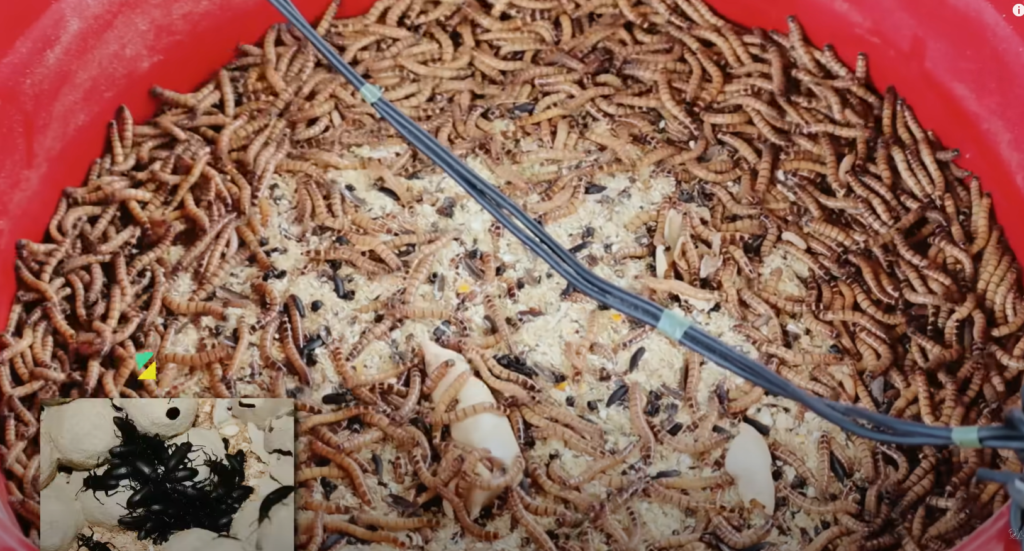
A Sustainable Source of Nutrition
The use of superworms as feed is not just about providing nutrition; it’s about embracing sustainable farming practices. By breeding superworms, we can reduce our reliance on commercial feeds, lower our farming costs, and increase the productivity and health of our animals.
Thank you for joining me on this exciting journey into the world of superworm breeding. If you’re intrigued by the idea of producing your own high-protein feed for your farm animals, stay tuned for more informative videos that will guide you through the process.
If you haven’t subscribed to our channel yet, I encourage you to do so. By subscribing, you’ll stay updated on our latest informative content, helping you to become more self-sufficient and successful in your farming endeavors. See you in the next video, only here at Dexter’s World.



